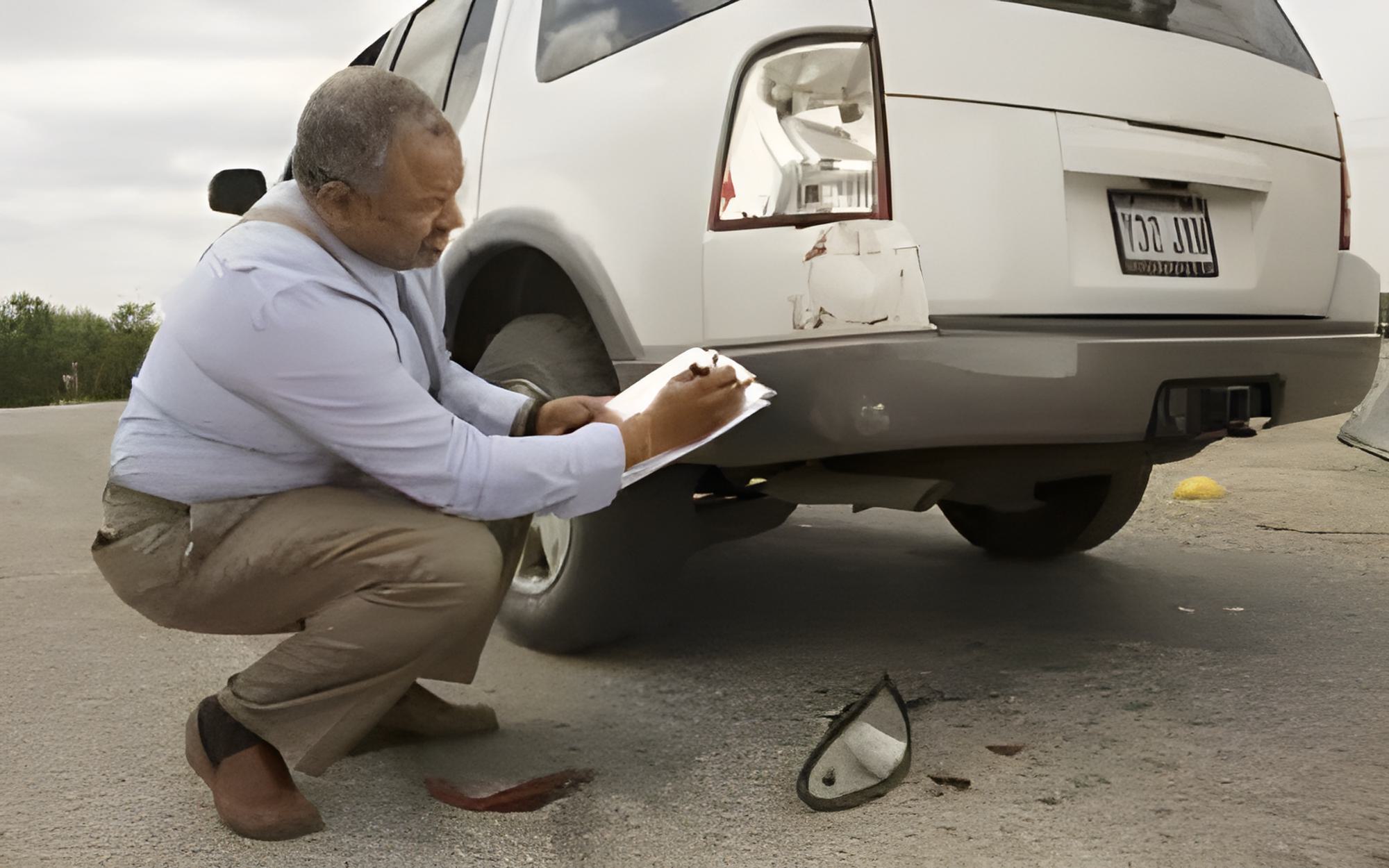Disputing a damage valuation: data to prepare and present
When a damage valuation from an insurer doesn’t match your expectations, the strength of your documentation and presentation matters. This article summarizes the key types of data a policyholder should compile, how to frame evidence for assessors or appraisers, and practical steps that support a clearer, more verifiable claims process.

When an insurer’s damage valuation appears low or incomplete, organizing robust data can change the outcome. Policyholders who assemble clear documentation, time-stamped images, repair quotes, and a concise inventory reduce ambiguity and speed resolution. Presenting evidence in a structured way helps claims handlers, independent appraisers, and underwriting teams understand the loss, reconstruction needs, and the basis for adjustment. Preparing before inspections and knowing how assessments and appraisals differ gives policyholders better footing during conversations about coverage, deductible calculations, and potential settlement options.
What documents support a claim?
Begin with the policy itself: coverages, limits, endorsements, and exclusions determine what is payable. Next collect proof of ownership such as receipts, purchase invoices, bank statements, and serial numbers for high-value items. Include pre-loss condition evidence like prior photographs or maintenance records, post-loss photos, police or incident reports when applicable, and contractor estimates. Clear documentation directly supports claims and helps underwriters and adjusters verify that reported losses align with policy terms.
How to present an inventory and evidence
An itemized inventory is crucial: list each damaged item with description, age, purchase date, original cost, and current condition. Attach time-stamped photos and short video walkthroughs showing damage context and scale. For multiple items, use spreadsheets or labeled folders to avoid confusion. Witness statements, repair orders, and delivery records can corroborate timeline and extent of loss. Presenting evidence in a logical inventory reduces back-and-forth and strengthens the policyholder’s position during valuation discussions.
How does inspection and assessment differ?
An inspection is the on-site review that documents visible damage and safety concerns; it’s usually the insurer’s initial fact-finding. An assessment interprets inspection findings into cost estimates or scope of loss and may involve an adjuster’s judgment about repair versus replacement. Inspections capture condition; assessments translate that into a valuation framework using labor rates, material costs, depreciation, and policy terms. Policyholders should attend inspections when possible, point out otherwise-hidden damage, and hand over organized documentation to ensure assessments reflect the full loss.
When is an appraisal needed for valuation?
An appraisal is a formal valuation process used when parties disagree on the value or scope of loss. It may be triggered by policy appraisal clauses or requested by either party to obtain an independent estimate. Appraisers use market rates, restoration methods, and condition reports to determine replacement cost or actual cash value, depending on the policy. Engaging a qualified appraiser or requesting an independent appraisal can be appropriate when documented estimates and assessments diverge significantly from the insurer’s valuation.
How to address coverage, deductible and underwriting questions
Coverage limits, endorsements, and exclusions determine what losses are eligible; a deductible reduces payable amounts and may be applied per event or per item. Underwriting files clarify how the policy was priced and what risks were accepted; sometimes differences in valuation stem from prior underwriting notes or endorsements that modify coverage. If language in the policy is unclear, request specific citations in the insurer’s rationale. Keeping questions focused on policy wording, deductible math, and the underwriting basis for denial or partial payment helps keep disputes factual rather than emotional.
Steps to document mitigation and restoration for settlement
Document immediate mitigation actions—temporary repairs, tarp installations, or board-ups—with receipts and photos to justify costs. Obtain at least two detailed contractor estimates for restoration that specify materials, labor, timelines, and replacement versus repair options. Maintain records of correspondence with contractors and the insurer, and preserve samples where feasible. Clear mitigation and restoration documentation supports settlement figures, reduces arguments over avoidable damage, and demonstrates that reasonable efforts were taken to limit further loss.
Conclusion
A dispute over damage valuation is resolved most effectively with organized, verifiable data: policy pages, inventories, time-stamped images, inspection records, repair estimates, and appraisal reports when necessary. Presenting evidence transparently helps adjusters, appraisers, and underwriting teams align on valuation, and it gives policyholders a defensible basis for negotiating coverage, deductible application, and settlement amounts.




